Abandoned, lost or discarded fishing gear inflicts widespread damage on marine life and the ocean, but what’s the economic cost of so-called ghost gear?
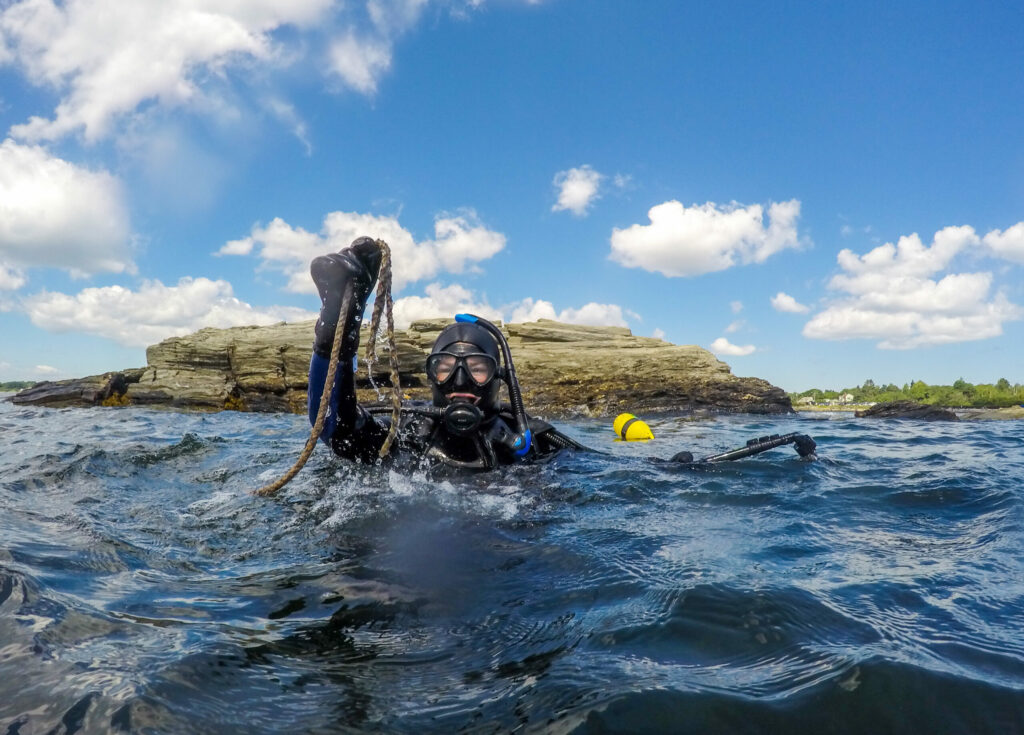
From the release of the International Panel on Climate Change (IPCC) report to the upcoming UN Climate Change Conference (COP26), alarm bells are ringing about the dangers of global heating, extreme weather events, rising sea levels, and melting polar ice caps. But there’s another human-caused threat lurking in the ocean that’s harming marine life and ocean health: ghost gear.
“Ghost gear” refers to any abandoned, lost or discarded fishing gear (ALDFG). That can include fishing nets, traps, ropes, hooks, cables and other commercial fishing gear, as well as plastic waste from aquaculture, which drift on the water’s surface or clutter the ocean floor. Each year, more than 8 million metric tons of plastic end up in the ocean, and recent studies indicate that ghost fishing gear may make up to 70 percent of all macro-plastics in the ocean by weight.
“Ocean Conservancy research shows that ghost gear is the single most deadly form of marine debris to ocean life, often due to entanglement,” said Joel Baziuk, associate director of the Global Ghost Gear Initiative® at Ocean Conservancy. “It’s harmful to fishers too: globally, an estimated 90 percent of species caught in lost gear are of commercial value, and an up to 30 percent decline in some fish stocks is due to damage to important marine habitats from ghost gear.”
Gear loss occurs wherever fishing takes place, often due to rough weather, snags beneath the surface, and marine traffic accidentally running it over and cutting it loose. But it also happens from aquaculture for various reasons, such as low-level losses through routine farming operations, extreme weather events, and inadequate planning and management. Intentional discard can occur where other options are limited, oversight is sparse, and costs for proper disposal are high.
However, despite gear loss being a widespread issue, the impact of ghost gear largely hasn’t been quantified in economic terms, particularly for the aquaculture industry.
“The impact of gear loss and plastic pollution from aquaculture is a new field of study, and there’s still a lot we don’t know,” said Baziuk. “That said, this is certainly a topic of emerging interest, as aquaculture-related debris – primarily in the form of expanded polystyrene floatation and abandoned debris from decommissioned open-water farms – is increasingly being identified as a major contributor to ocean plastic.”
Recently, a research team at Dalhousie University sought to calculate the economic cost of ghost gear in Southwest Nova Scotia – one of Canada’s most productive lobster fishing regions. The results could help motivate government officials and industry leaders to address the problem.
Calculating the cost
Funded by the Department of Fisheries and Oceans Canada’s Sustainable Fisheries Solutions and Retrieval Support Contribution Program (SFSRSCP), Dalhousie University researchers sought to determine how much ghost gear could be lingering in the Southwest Nova Scotia (SWNS) fishing zone. Spanning 21,000 square kilometers (8,100 square miles), the area contributes a substantial portion of the country’s lobster supply: In 2019, the landed value of Nova Scotia lobsters totaled (CAD) $880 million (U.S. $695 million), which is more than half of Canada’s overall total.
During the summer and fall of 2020, fishers conducted 60 retrieval trips, searched 1,523 square kilometers (588 square miles) of the sea floor and removed 7,064 kilograms (15,573 pounds) of ALDFG. Captains towed grapples behind their commercial fishing vessels from either a hydraulic hauler and winch or a steel cable dragger and A-frame winch, at a speed of 0.5 to 3 knots.
Plenty of ghost gear was brought to the surface. Lobster traps made up the bulk of the unearthed gear (66 percent), while 1,500 kilograms (3,300 pounds) of dragger cable comprised the other 22 percent. Other gear included ropes, marker buoys and other marine debris (tires, party balloons, a fan belt and buoys with U.S. markings).
About 35 percent of the recovered traps were less than three years old, and based on the quantity of cable recovered, the researchers suggest that the cable was discarded by commercial trawl vessels or draggers when it is no longer of use.
“Harvesters use a lot of gear to support their practices,” said Alexa Goodman, one of the study’s co-authors and the Training Program Manager at the Marine Environmental Observation Prediction & Response Network (MEOPAR). “However, not all of it inherently makes it back to shore for several reasons, usually acting in combination with each other. It’s important to note that most harvesters try their best to retrieve their gear, as losing gear is costly in more ways than one.”
Making the situation worse, the discarded lobster traps continued to capture creatures, including species-at-risk, like Atlantic wolfish, sculpin, Atlantic cod and cusk.
It’s important to note that most harvesters try their best to retrieve their gear, as losing gear is costly in more ways than one.
“Results showed that lost traps continued to capture target and non-target species until gear degraded,” said Dr. Tony Walker, one of the lead researchers and an Associate Professor at the School for Resource and Environmental Studies at Dalhousie University. “A total of 15 different species were released from retrieved ALDFG, including 239 lobsters (67 percent were market-sized) and seven groundfish (including five species-at-risk).”
It unleashes a destructive cycle, as cod, cusk, wolffish and sculpin are lobster predators. Retrieved traps with these by-catch fish also contained lobster, pointing to the “self-baiting cycle” of ghost gear — whereby creatures get trapped in ALDFG and die, thereby attracting scavengers that also become trapped.
“Once gear becomes lost, traps can continue to fish for around four years until the escape panel is disarmed,” said Goodman.
Based on the present findings, combined with information on regional fishing efforts and market prices, the researchers estimate that commercial losses from ALDFG are costing the lobster industry approximately (CAD) $175,000 (U.S. $138,000) annually. It’s the first preliminary assessment of the environmental and economic impacts of ALDFG on the commercial lobster industry in the area. In digesting these findings, Baziuk commented that it’s “unfortunate” but “not shocking.”
“Losing and replacing gear is expensive and has an impact on yield and fisher income,” said Baziuk. “We’ve seen the impact of ghost gear on the yields of other fisheries: in just one crab fishery in British Columbia, Canada, annual replacement of lost gear costs the fishery nearly (U.S.) $500,000.”
On the flipside, Baziuk points to how combating the problem can benefit local economies. A recent study from the Virginia Institute of Marine Science found that removing derelict crab pots in the Chesapeake Bay yielded an additional (U.S.) $20 million in harvest for local fishermen in six years. If extended to a global level, the study showed that removing just 10 percent of ghost gear could increase landings by close to 300,000 metric tons.
“While studies like these provide us with critical insights, there are still many unknowns when it comes to the causes, prevalence, and costs of ghost gear, which is why the GGGI is working to build evidence of the problem,” said Baziuk. “The GGGI hosts the largest ghost gear data portal in the world and has a dedicated gear reporter app, which we’re using to gradually complete the global ghost data picture.”
Quantifying greenhouse gas emissions from global aquaculture
‘We need to act now’
Although gear loss in the aquaculture industry is “a relatively new conversation,” the issue is gaining attention. Aquaculture is the world’s fastest-growing food-producing sector, with an expected growth of 37 percent by 2030 over 2016 rates, and over half of all seafood produced for human consumption is supplied by the industry. That percentage is only expected to increase in the coming years – a reality that has significant implications for ghost gear.
“While global losses of aquaculture gear, which is often made of plastic, are lower in volume than from fishing, the growth of aquaculture means that changes made in that sector can have an outsized impact for our waters,” said Baziuk. “We need to act now to ensure that this growth does not lead to more ghost gear.”
Although “more research is needed to determine the overall effects of plastic loss on the aquaculture industry,” it’s possible to speculate. Baziuk points to the example of Ireland, where the smallest oyster grower raises oysters in about 30,000 plastic bags per harvest, while larger ones use 200,000 bags or more. That translates into at least two million bags in use at any given time in a relatively small oyster farming industry, he said, and those plastics are easily lost through extreme weather events, mismanagement of waste or deliberate discharge. With industry expansion, those numbers will likely balloon in the future.
Recently, GGGI released the Best Practice Framework for the Management of Aquaculture Gear (A-BPF) to complement its revised Best Practice Framework for the Management of Fishing Gear (C-BPF). It’s the first document of its kind that provides comprehensive guidance to aquaculture stakeholders on how to effectively prevent and mitigate the effects of gear loss and plastic pollution from the aquaculture industry.
“The GGGI is working to promote adoption of the A-BPF throughout the aquaculture industry and is adding functionality in our global data portal – the largest consolidated collection of ghost gear records on earth – to incorporate tracking gear loss from aquaculture as well as from capture fisheries to get a better estimate of the magnitude of the problem,” said Baziuk. “The GGGI is also working with governments to ensure that aquaculture gear loss is considered in their ghost gear action plans.”
‘There’s not a moment to lose’
Despite the study’s focus on Southwest Nova Scotia, Walker and Goodman say the results are comparable to similar fisheries in the United States, Europe and South America. Furthermore, they emphasize that studies like theirs can help motivate change.
“This baseline assessment provides useful data for government and commercial fishing stakeholders to improve ALDFG management and to conserve commercial, non-commercial species as well as species at risk,” Walker and Goodman told the Advocate. “The more information is made available on the impacts of ALDFG, the government can be better informed in developing policies and programs to manage end-of-life gear, and fishers can be better informed of the impacts and how they can get involved in environmental stewardship projects.”
In Canada, the federal government has launched a Ghost Gear Fund “to encourage Canadians to take action to reduce plastic in the marine environment.” It will support 26 projects over two years, and so far, the program is paying off: in 2020, more than 63 metric tons (69 U.S. tons) of lost fishing gear was retrieved from the Atlantic Ocean as part of the program. But more can be done with legislation reform.
“Governments can pass legislation that prevents conflicts between fishing grounds and vessels that can lead to gear loss; mandate the marking of gear for better traceability; and better regulate fisheries to ensure that end-of-life gear can be properly disposed of or recycled,” said Baziuk. “Governments can also develop dedicated ghost gear action plans or update fisheries management plans to include actions addressing ALDFG.”
Once gear becomes lost, traps can continue to fish for around four years until the escape panel is disarmed.
The GGGI recently published a legislation analysis, which outlines these best practice policy solutions. Policy change is key, but the industry also needs to get on board.
“Industry also has a critical role to play by scaling up investments in new gear technologies and materials, while seafood producers can work to ensure sustainable practices along their supply chain,” said Baziuk. “Governments and industry alike can adopt the GGGI’s Best Practice Frameworks for the management of fishing and aquaculture gear, two documents that outline the ways that everyone along the seafood supply chain – from governments to individual fishers – can prevent ghost gear.”
In recent years, innovators are coming up with innovative solutions. FlipFarm has pioneered a semi-automated oyster growing system that permanently attaches Hexcyl Pro oyster baskets to a backbone line, virtually eliminating basket loss. Blue Ocean Gear of California has created “smart buoys” that track and monitor all types of deployed gear and report its location to a mobile phone or website. In addition to technological advances, more research can also offer insight into how to tackle such a complex issue.
“Further research on ghost gear monitoring, retrieval techniques and estimates of ecological and economic impacts can help inform marine management strategies to reduce impacts of ghost gear globally,” said Goodman and Walker. “The stewardship-based approach used in this study can be applied elsewhere to assist in assessing and managing ALDFG, as it provides the industry opportunities to be part of the solution in reducing this source of marine pollution.”
Ultimately, the problem of ghost gear won’t be solved in a silo, and it requires a coordinated approach to effectively address this global issue.
“Ghost gear is more than just a plastic problem,” said Baziuk. “[It] interconnects many sustainability issues: from concerns about food security due to losses of fish stocks to its impact on human health and livelihoods. Ghost gear is a wide-reaching problem that we all must come together to solve. With at least a metric ton of gear entering the ocean every minute of every day, there’s not a moment to lose.”
Follow the Advocate on Twitter @GSA_Advocate
Now that you've reached the end of the article ...
… please consider supporting GSA’s mission to advance responsible seafood practices through education, advocacy and third-party assurances. The Advocate aims to document the evolution of responsible seafood practices and share the expansive knowledge of our vast network of contributors.
By becoming a Global Seafood Alliance member, you’re ensuring that all of the pre-competitive work we do through member benefits, resources and events can continue. Individual membership costs just $50 a year.
Not a GSA member? Join us.
Author
-

Lisa Jackson
Associate Editor Lisa Jackson lives in Hamilton, Ontario, Canada. Her work has been featured in Al Jazeera News, The Globe & Mail, The Independent, and The Toronto Star.
Tagged With
Related Posts
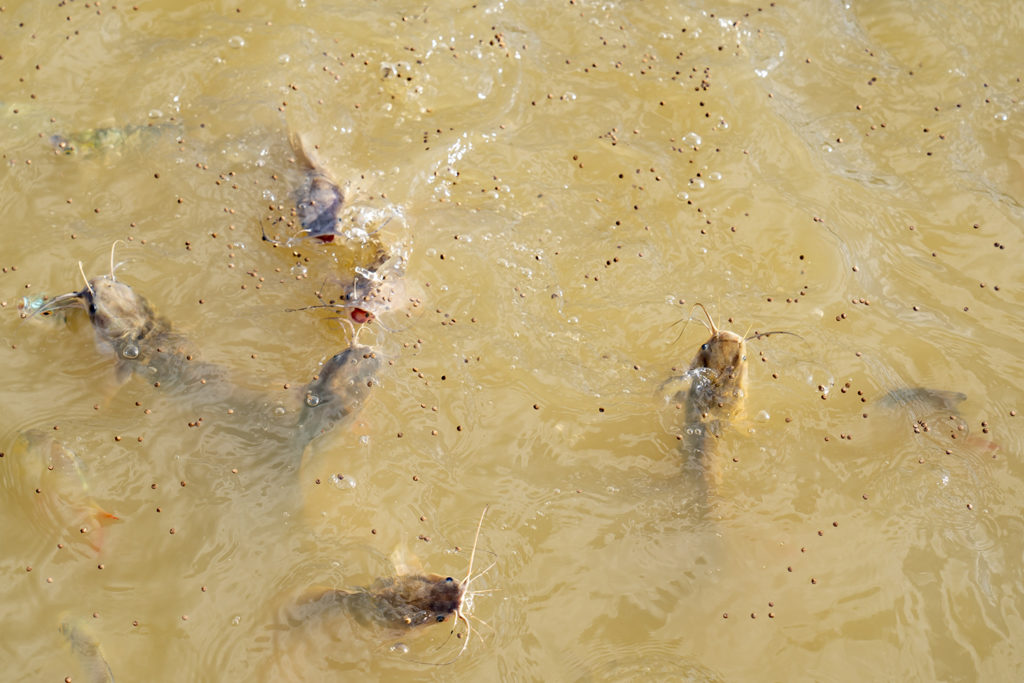
Aquafeeds
‘We will very likely find it’: Microplastics warning sounded for aquafeeds
The warning about microplastics pollution is finding its way to aquaculture, as a new study finds contaminated samples of fishmeal, a prominent aquafeeds ingredient.
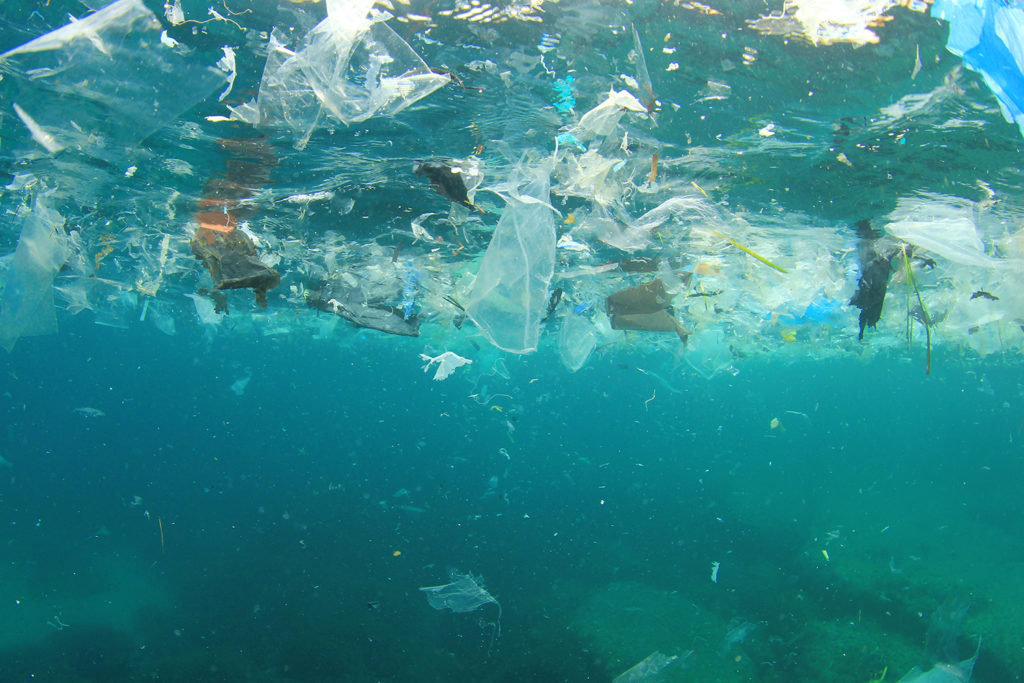
Responsibility
What threat do microplastics, a.k.a. ‘ocean hitchhikers’, pose to aquaculture?
A Trends in Microbiology paper posits that ocean microplastics could be a vector for pathogens, spreading antimicrobial-resistant genes.
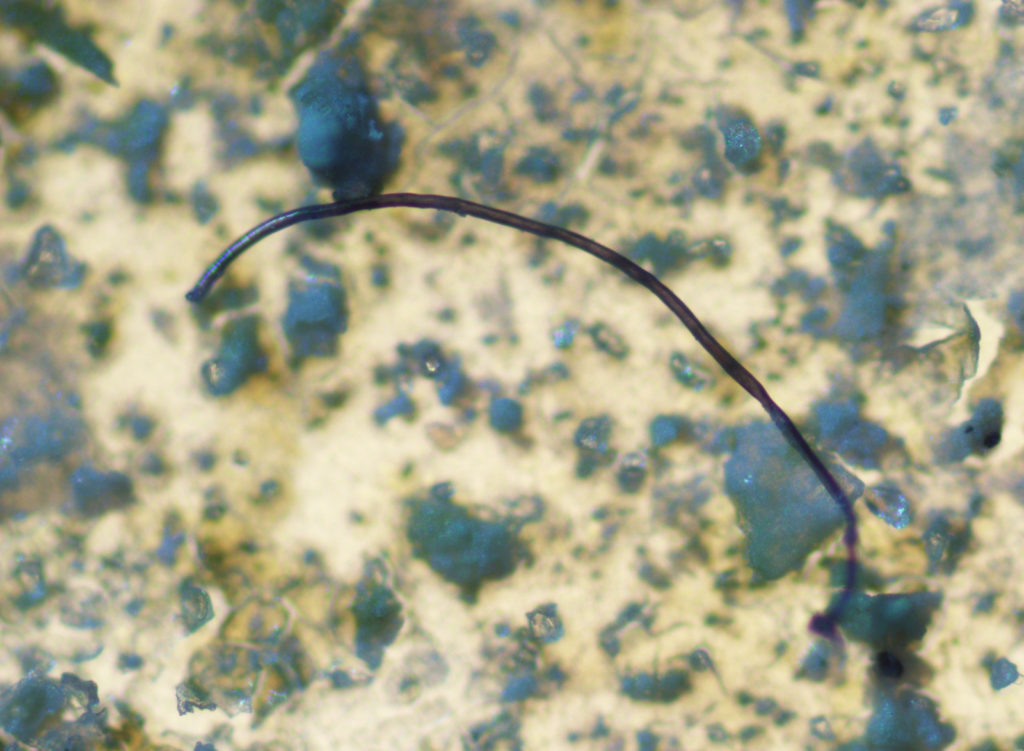
Responsibility
They’re ‘everywhere’: The pervasiveness of microplastics
How has the plastic in aquaculture operations contributed to microplastic pollution? And is plastic pollution contaminating aquaculture products? The Advocate takes a closer look.
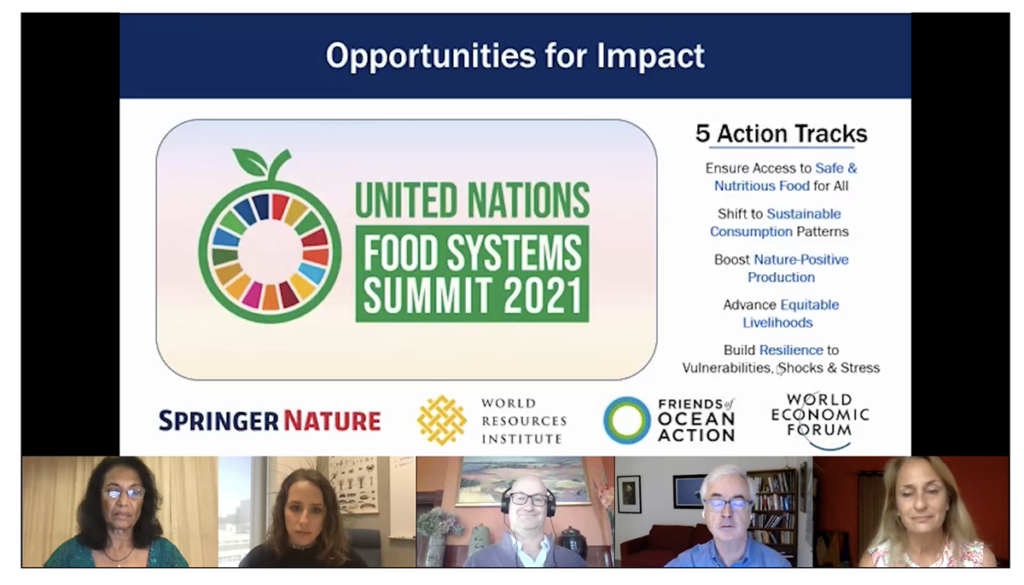
Responsibility
A wider view: At GOAL, focus steers to fisheries, food systems and the future
During the virtual event, researchers discussed the importance of aquatic foods, which billions worldwide rely on for protein and micronutrients.


